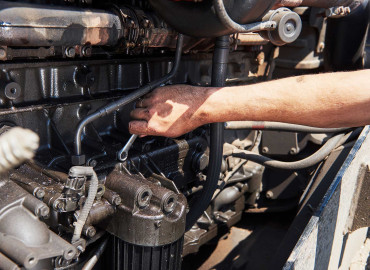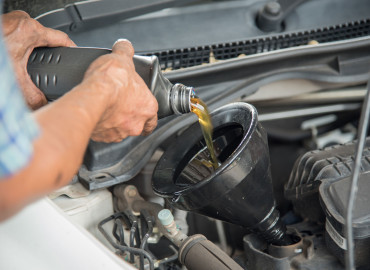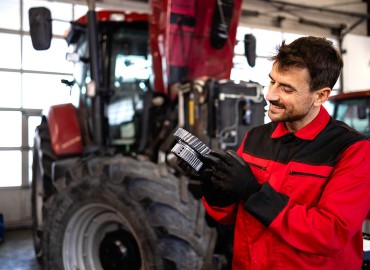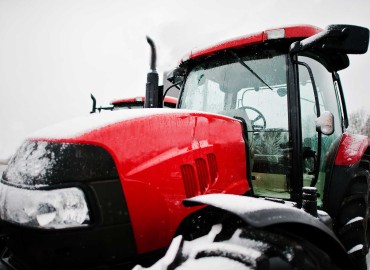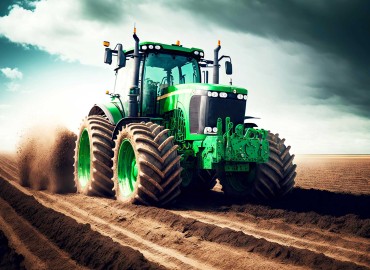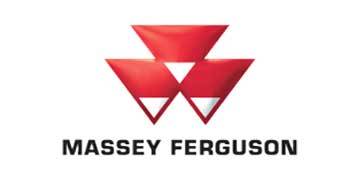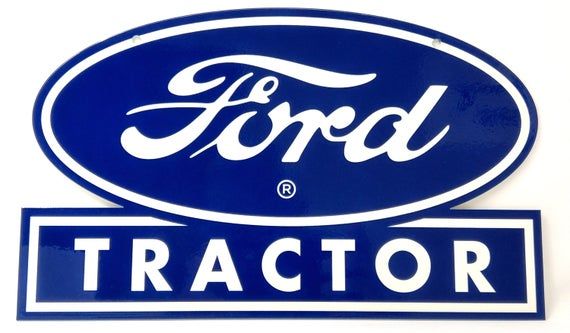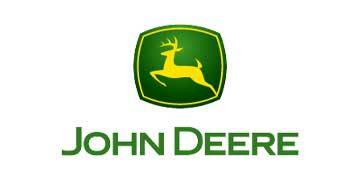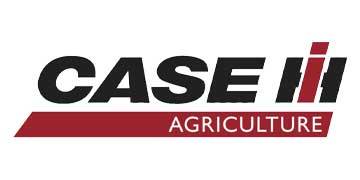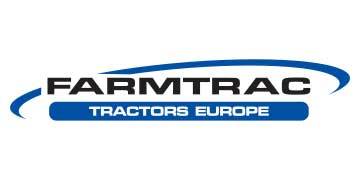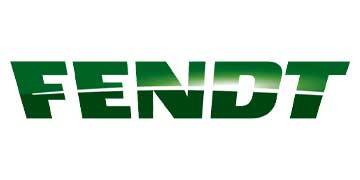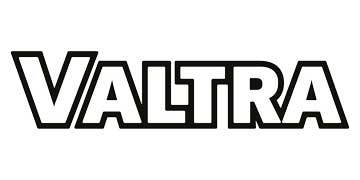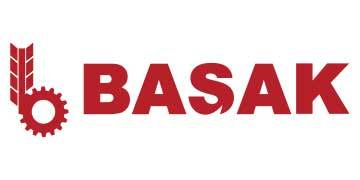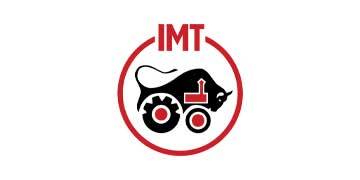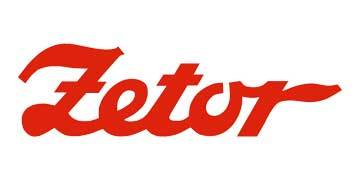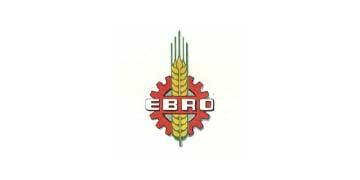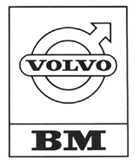Tractors are designed to work efficiently on difficult terrain. However, intensive use and harsh conditions can cause various malfunctions in the gearbox. The gearbox is an important part that provides the movement of the tractor. Therefore, when it malfunctions, it seriously affects the performance of the tractor.
Importance of Gearbox
The gearbox is a mechanism that transmits the power of the engine to the wheels. It controls the speed and torque of the tractor. A gearbox that does not work properly adversely affects the performance of the tractor and jeopardises operational safety. Proper operation of the gearbox ensures that the tractor moves efficiently. A faulty gearbox can cause serious problems while driving.
Gear Box Faults
Faults in thetractor gearbox can be caused by various reasons. These faults affect the performance of the tractor and jeopardise driving safety. The most common gearbox faults are as follows:
- Difficult Gear Shifts: Difficulties in shifting gears can be a sign of a problem in the gearbox. This problem is usually caused by wear of the synchromesh or gear gears. Difficulty during gear shifts adversely affects the performance of the tractor.
- Noisy Operation: Strange noises coming from the gearbox can be a symptom of a malfunction. These noises are usually caused by gear wear, bearing problems or lack of oil. Noisy operation indicates that the gearbox is not working properly.
- Oil Leakage: An oil leak in the gearbox is caused by wear of the gaskets or seals. Oil leakage prevents the gearbox from receiving sufficient lubrication. This can also cause wear.
- Gear Slipping: Slipping gears indicates a malfunction in the gearbox. Slipping gears is usually caused by problems with the gear lever or gears. This can cause sudden changes in the speed of the tractor.
- Idling Problems: Irregularities in the idle speed of the gearbox can be a symptom of a malfunction. This problem is usually caused by the wear of the gears inside the gearbox. Idling problems affect the stability of the tractor.
- Gearbox Overheating: Overheating of the gearbox is usually caused by lubrication problems or overloading. Overheating shortens the life of the gearbox and can cause serious malfunctions.
Detecting Gearbox Faults
Early detection of gearbox malfunctions can prevent major problems. Early diagnosis of malfunctions ensures that repair operations are less costly and faster. The ways to detect gearbox malfunctions are as follows:
- Visual Inspection: Regular visual inspection of the gearbox allows you to notice problems such as leaks, cracks or wear. Visual control is an effective method for early detection of malfunctions.
- Sound Check: Listen for strange noises coming from the gearbox. Abnormal sounds indicate a problem with the gearbox. Listen carefully to the sounds and try to determine which part is faulty.
- Oil Level Check: Check the oil level of the gearbox regularly. If you notice a drop in the oil level, this could be a sign of an oil leak or excessive wear.
- Testing the Gear Shifts: Carefully test the gear shifts. If there is difficulty shifting through the gears, there may be a malfunction in the gearbox. Ensure that the shifts are smooth.
- Temperature Measurement: Measuring the temperature of the gearbox can help you detect overheating problems. Overheating can be a sign of lubrication problems.
Tractor Gearbox Repair
After detectinggearbox faults, it is important to carry out the necessary repair work. Repair operations ensure that the gearbox works properly again and increases the performance of the tractor. The things to be considered in gearbox repair are as follows:
- Fault Detection: Carry out a detailed analysis to determine exactly what the fault is. This will help you determine which parts need to be replaced and which operations need to be carried out.
- Spare Parts Procurement: Obtain suitable spare parts to replace the faulty parts. Make sure that the spare parts are suitable for the make and model of your tractor. Quality spare parts ensure long-lasting repairs.
- Oil and Sealing Elements Replacement: Change the oil and seals if there is a lack of oil or sealing problems. This ensures proper gearbox operation and prevents oil leakage.
- Gear and Bearing Replacement: If the gears or bearings are worn, replace these parts. Worn gears or bearings prevent the gearbox from operating properly.
- Professional Help: Repairing the gearbox can be complicated. For this reason, it is always best to get help from a professional technician. Experts can repair the gearbox quickly and accurately.
- Testing: After repairs, test the gearbox for proper operation. Evaluate whether the repair was successful by checking the gear shifts and idle speed.
 en
en  tr
tr 

